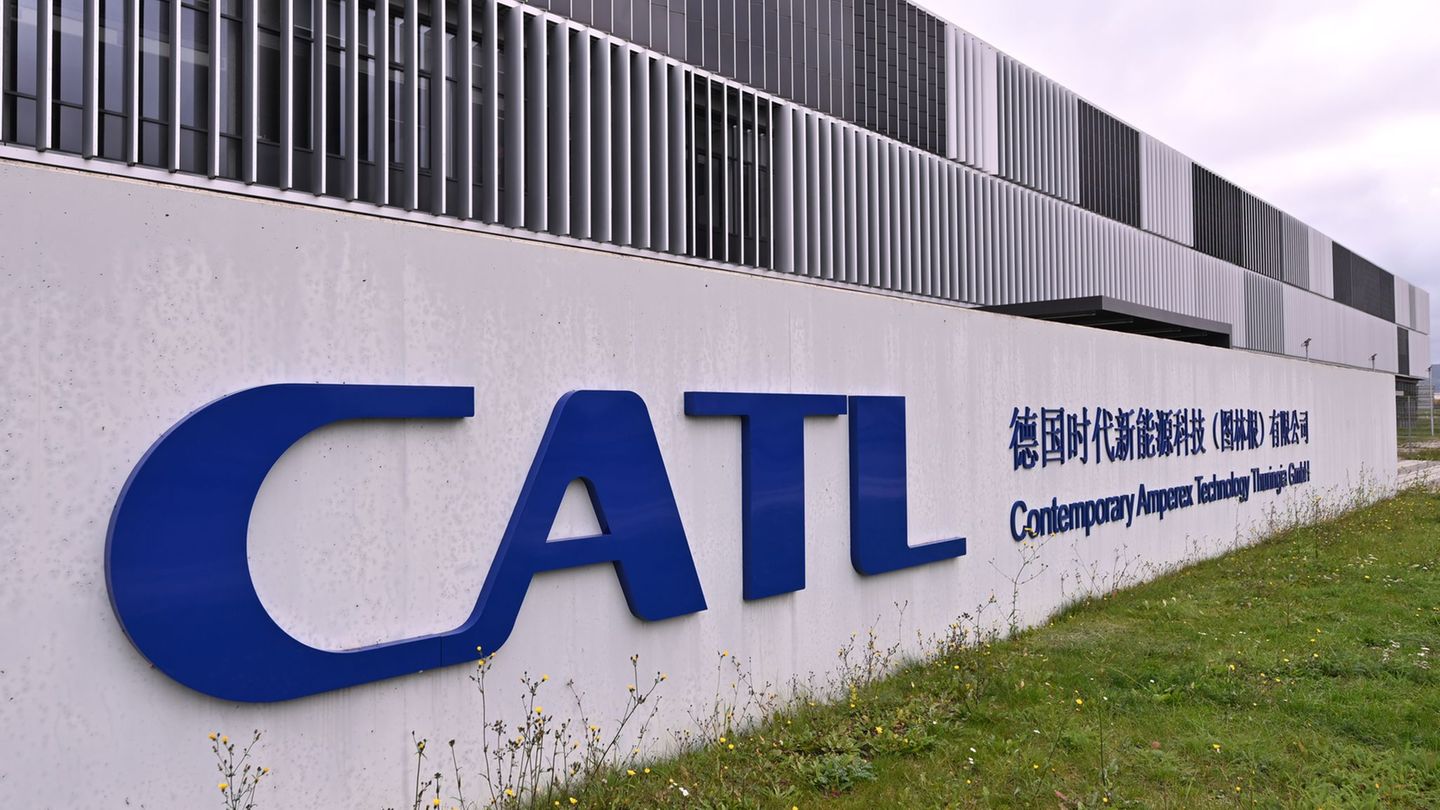The carry trade is especially popular in emerging countries with high interest rates. In simple terms, it involves taking out a loan in a currency with a low interest rate and then investing those funds in a currency that offers a higher rate.
He carry trade It is a financial strategy used in global markets to obtain profits through differences in interest rates between two economies or currencies. In simple terms, it consists of take out a loan in a currency with a low interest rate and then invest those funds in a currency that offers a higher rate.
The content you want to access is exclusive to subscribers.
This practice has become popular in economies with high interest rates as it allows investors to earn additional returns by taking advantage of the rate difference.


How does the carry trade work?
1. Coin Selection: The investor takes a low-yielding currency (such as the Japanese yen or Swiss franc) and converts it into a high-yielding currency (such as the Argentine peso or Brazilian real), where interest rates are higher.
2. Investment and Profit: Funds in the high-yield currency generate interest, which accumulates in favor of the investor. In theory, the difference between interest rates is the net profit of the carry trade.
3. Exchange Rate Risk: The success of this strategy depends largely on the stability of the currencies. An unfavorable change in the exchange rate could lead to losses, even if the interest rate differential is positive.
Advantages and disadvantages of the carry trade
Advantages of carry trade
- It offers high profitability in markets with exchange stability and high interest rates.
- It is an accessible strategy for different investors, from banks to hedge funds.
Disadvantages of carry trade
- Exchange rate volatility can ruin the expected profit.
- Intervention by central banks can affect interest rates, creating additional risks for investors.
Carry trade example
Suppose an investor takes out a loan in Japanese yen with an interest rate of 1% per year. Then, convert those yen to Argentine pesos and invest in Argentine assets with an interest rate of 12% per year. If the exchange rate remains stable, the investor would make a profit of 11% on the difference in rates. However, if the Argentine peso devalues against the yen, the profit may be reduced or even turn into a loss.
Popularity of the carry trade in emerging markets
The carry trade is especially popular in emerging countries with high interest rates. However, it is a strategy that depends on the political and economic stability of the countries involved. For example, economies like Argentina or Brazil tend to attract carry traders when their interest rates skyrocket, although this also implies greater risks.
In conclusion, the carry trade is a profitable strategy when managed properly, but it involves significant currency risks. Investors wishing to use this strategy should evaluate the economic environment and monetary policy of the countries involved to maximize the chances of success.
Source: Ambito




